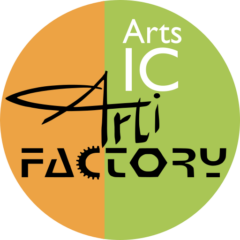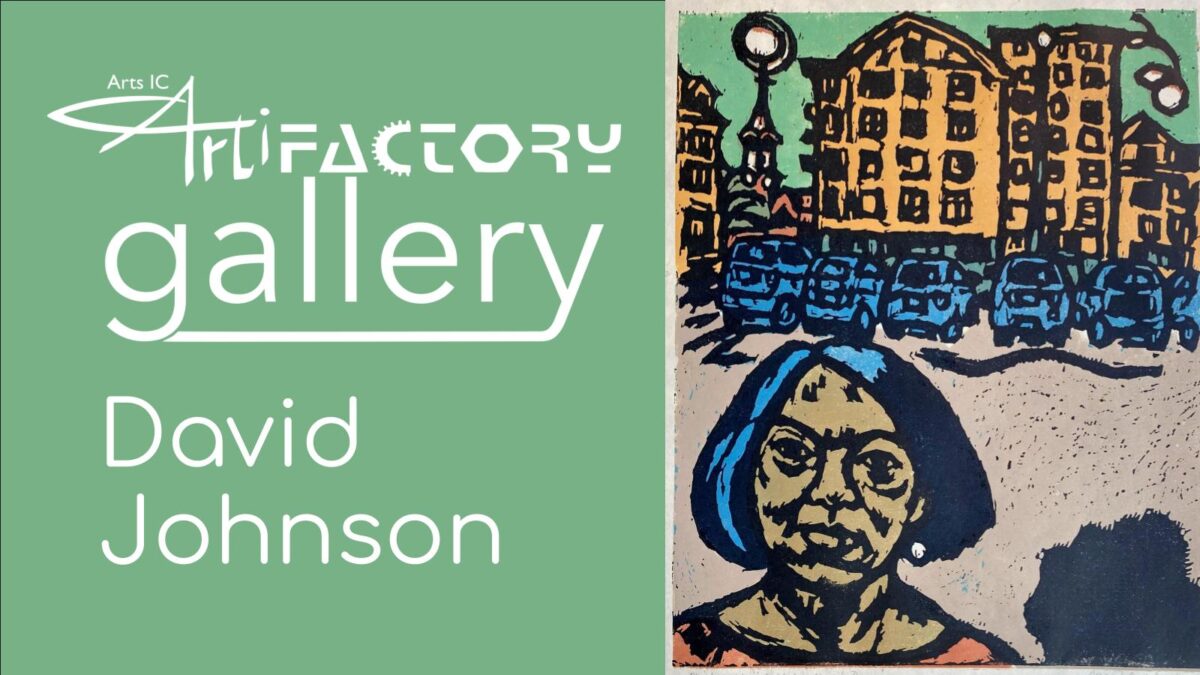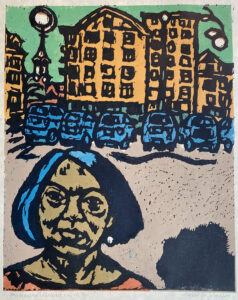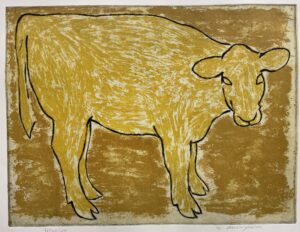David Johnson was born in Fort Dodge, Iowa. He studied painting, drawing and printmaking at the University of Iowa, where he received his BFA in 1977, and later attended the Cleveland Institute of Art and earned his MFA at Miami University. He taught beginning drawing, figure drawing, Intro to Printmaking, and Woodcut at Ball State University for 33 years. He has shown his prints, drawings and artist’s books in approximately 400 exhibitions since 1982.
About his art, David says, “I believe in the idea that Elizabeth Catlett took from Grant Wood, which was something like; make your work about something you know about, your life, things you have seen or experienced. I believe in drawing from life. I am interested in the attempt to make a graphic representation of our world; the people, places and things in it, the often scribbly results of drawing from observation… Drawing is wonderful; but drawing is so fragile. With etching I can throw the sink at it. I can do endless experimentation with color and texture. And the end result seems more permanent as the image is turned into ink on paper. Woodcut seems to have unfair advantages. With woodcut the drawn image is cut into wood or linoleum and turned into chunky, dynamic shapes and lines with unforeseen impact. And everybody can do it, in the basement, in the kitchen, in the garage, with a gauge and a roller and a wooden spoon to print it with.”
David B Johnson: Bio
David Johnson was born in Fort Dodge, Iowa. He attended public school, baled hay, walked beans, detasseled corn, was a bus boy and janitor. He studied painting, drawing and printmaking at the University of Iowa where he received his BFA in 1977.
He built cement grain elevators on the Mississippi River, was a state liquor store clerk, picked apples in Washington state, fell off the Christmas tree truck, worked at the K-Mart Pet and Garden Center, and stacked boxes at the Sears Catalog Warehouse in Minneapolis. He attended the Cleveland Institute of Art and earned his MFA at Miami University.
He taught beginning drawing, figure drawing, Intro to Printmaking, and Woodcut at Ball State University for 33 years. He has shown his prints, drawings and artist’s books in approximately 400 exhibitions since 1982.
Statement 2024
I believe in the idea that Elizabeth Catlett took from Grant Wood, which was something like; make your work about something you know about, your life, things you have seen or experienced.
I believe in drawing from life. I am interested in the attempt to make a graphic representation of our world; the people, places and things in it, the often scribbly results of drawing from observation. No one sees everything. There is much unconscious selection and emphasis that occurs in the insistent attempt to put down a representation before a model gets tired of sitting, or the light changes. Drawing is wonderful; but drawing is so fragile. With etching I can throw the sink at it. I can do endless experimentation with color and texture. And the end result seems more permanent as the image is turned into ink on paper.
Woodcut seems to have unfair advantages. With woodcut the drawn image is cut into wood or linoleum and turned into chunky, dynamic shapes and lines with unforeseen impact. And everybody can do it, in the basement, in the kitchen, in the garage, with a gauge and a roller and a wooden spoon to print it with.



